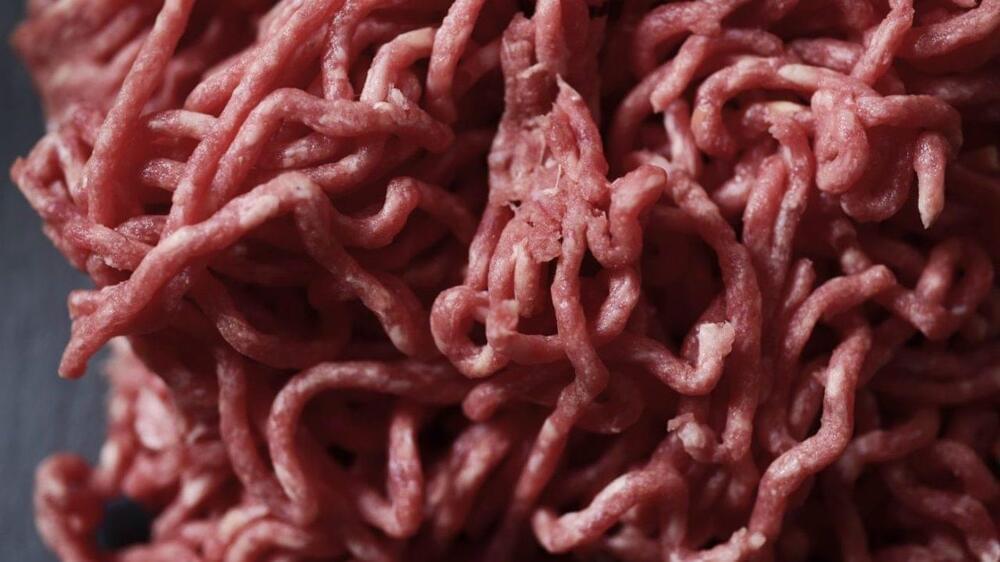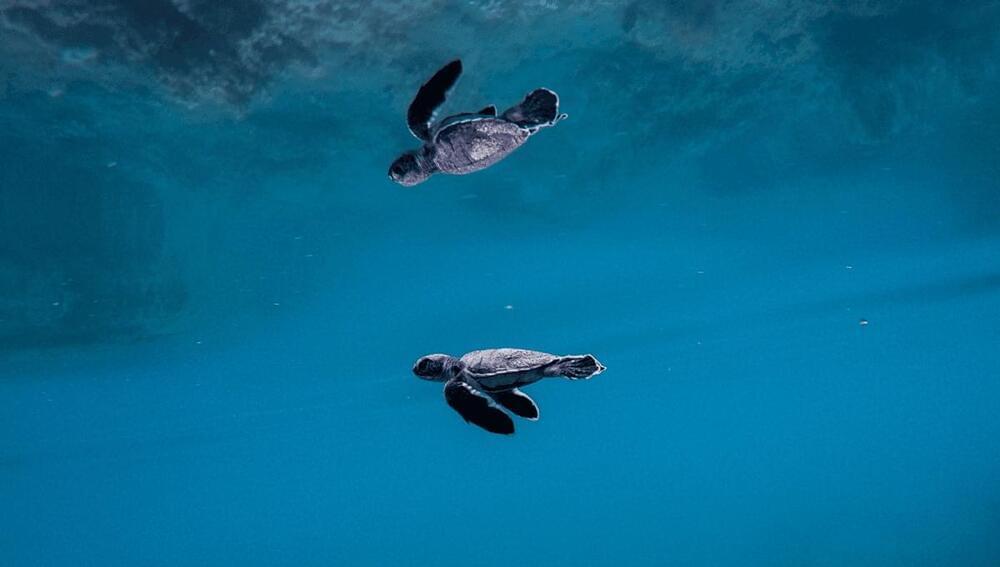Head over to our on-demand library to view sessions from VB Transform 2023. Register Here
The recent Ant-Man movie did a great job of putting quantum up in lights, but the future of quantum science shines even brighter than fiction. One application, quantum sensors, is already the basis of some of the most important systems and technologies in our world — global positioning systems (GPS) and magnetic resonance imaging (MRI) scanners are prime examples.
Quantum sensors and quantum AI are just the beginning: Robots are now getting the quantum sensor treatment too. Quantum sensors will supercharge the way robots work and how we apply them to important 21st-century challenges.








